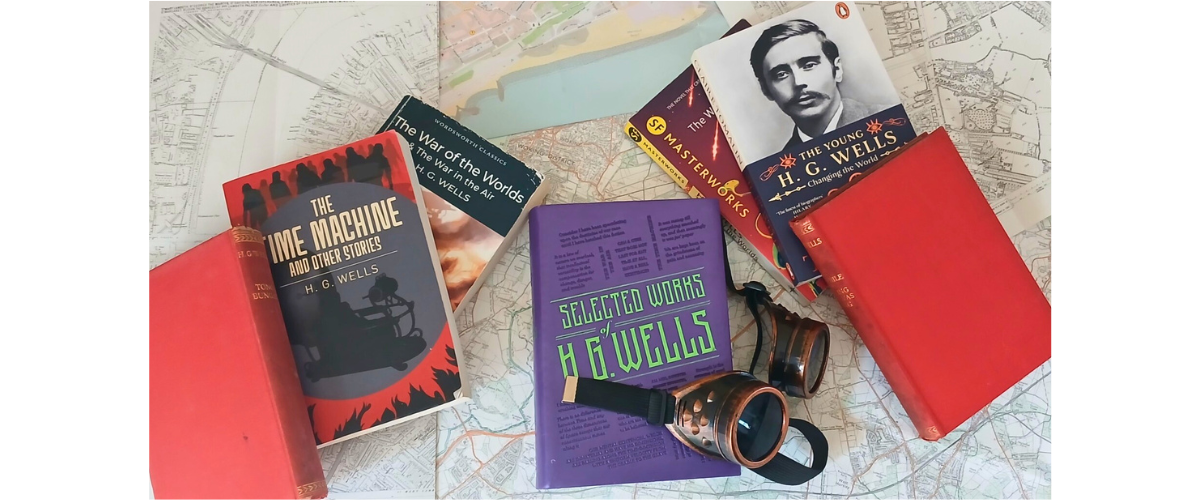The early pioneers of science fiction, Jules Verne, George Griffiths, HG Wells and others were imagining a future based on the latest technical advances of the Victorian era. In contrast present day writers in the steampunk genre get to go back in time and reimagine the past based on how they see the technology might have developed in alternate versions of history. It's interesting for me to step back into that historical era and adopt the what if? premise originally adopted by those pioneers and see where that might take a story, particularly one with a mystery waiting to be solved.
Tell us about your protagonist. Is this the first puzzle your main character has solved?
My protagonist is an infantryman horribly wounded by a heat ray during a Victorian-era Martian invasion of Earth (based on HG Wells' The War of the Worlds). In the aftermath, as London is rebuilding out of the ruins, he finds himself working as an assistant to Yil, a Martian detective who is a refugee from the civil war raging back on Mars. They are hired by an elderly criminal, Jack Dawkins (aka the Artful Dodger) who wants them to investigate the kidnapping of several members of his gang of street urchins.
One of my favourite steampunkish novel is Kim Newman's Anno Dracula, which is based on the premise that Dracula was not defeated in the manner he was in Bram Stoker's original novel, but instead becomes prince consort to Queen Victoria and sets about converting the British Empire to vampirism. Newman weaves both historical and fictional characters from the era into his narrative. I tried a similar approach with Private Ornshaw and the Martian Detective, dipping into Edgar Rice Burroughs' John Carter Martian novels and Ray Bradbury's Martian Chronicles as well as The War of the Worlds for inspiration. For example, the wasp gun which is detective Yil's favoured weapon is based on the weapon used by the Martians in the Martian Chronicles. One of the original characters I've introduced into the plot is Madam Macaque a former circus performer who harbours a huge grudge against her fellow humans and is in league with the amphibious tentacled race of Martians who were responsible for the invasion. But what has all of this to do with missing street kids? You'll need to read the story when it's published to uncover that mystery.
It’s time for Show and Tell! What’s the most steampunk antique, item of clothing, book, game, or household item you have?
I'm not entirely sure if this qualifies as steampunk, but I feel it could provide an excellent backdrop and setting for a steampunk story. I have a book from 1887 called China's Millions. It's a collection of editions of China's Millions, the regular journal of the China Inland Mission. It contains letters, accounts and articles from the British protestant missionaries who set up a vast network of Christian missions in China between the Opium Wars and the Boxer Rebellion. They give fascinating insights into what China was like in the 1880s. I'd love to take all the detail in the accounts laid out in the book and work them into a steampunk plot, probably with some clockwork automata robots thrown in for good measure. But the big challenge would be how to achieve this without inadvertently reverting to some stereotypical Fu Manchu villain as the main antagonist, or engaging in cultural appropriation if I made a Chinese character the protagonist.
Where can we find you online?
Look for Lambeth Fantastical on Facebook, SubStack and Blogger.com and you’ll find stuff about my writing and scifi, horror, and fantasy themed guided walks.







